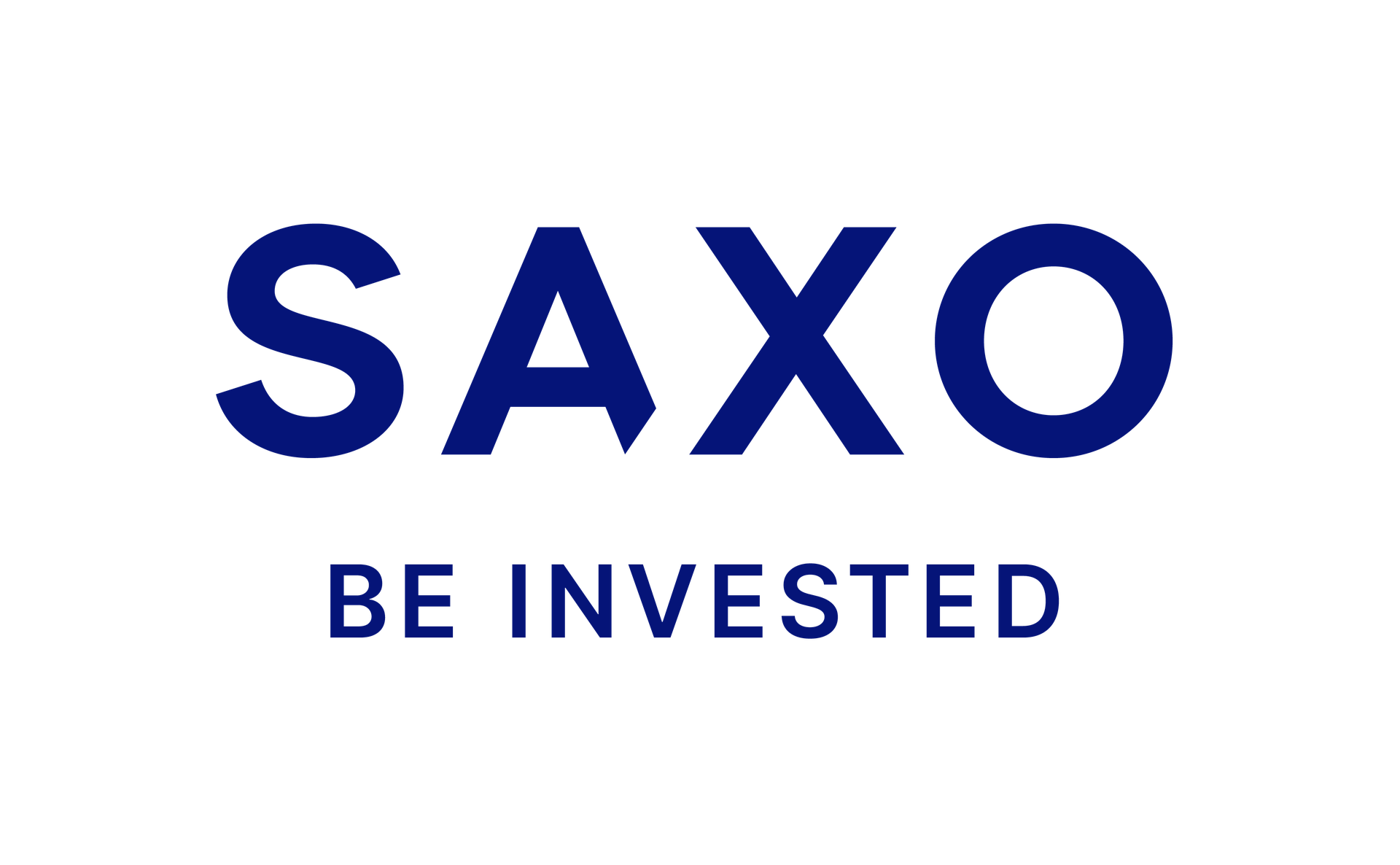Table of Contents
US interest rates look set to be cut this month for the first time since Covid-19 struck more than four years ago, but speculation is mounting over how big the reduction will be.
In a highly anticipated report, the Labor Department said 142,000 jobs were created in the world’s largest economy last month.
This followed a downwardly revised increase of just 89,000 in July.
The rise in nonfarm payrolls in August was less than the 160,000 expected by analysts and virtually guaranteed that the Federal Reserve will cut interest rates in the United States on September 18.
That would be the first reduction since 2020, when central banks around the world cut borrowing costs to prop up the economy during the coronavirus pandemic, then raised them aggressively to tame runaway inflation.
Cut: The increase in nonfarm payrolls in August was less than the 160,000 expected by analysts and virtually guaranteed that the Federal Reserve will cut interest rates.
Analysts said the latest jobs figures, however, offered little clarity on whether the Fed would cut rates by the customary 0.25 percentage points or opt for a more aggressive 0.5 percentage point reduction.
Ian Shepherdson, chief economist at Pantheon Macroeconomics, said the decision was “on the brink of the abyss”.
Currency and bond markets fluctuated wildly after the report, as investors grappled with what the Fed was likely to do. A cut of 0.25 percentage points (or 25 basis points) would take interest rates from the current range of 5.25% to 5.5% to between 5% and 5.25%. A reduction of 0.5 percentage points (or 50 basis points) would take them down to between 4.75% and 5%.
“I think the market is having a really hard time with this because it’s really in the middle of what could be used as a justification for a 25- or 50-basis-point rate cut,” said Gennadiy Goldberg, head of U.S. rate strategy at investment bank TD Securities in New York. “It’s consistent with a cut in September. The big question now is what the size will be.”
The Bank of England and the European Central Bank have already cut interest rates, fuelling expectations that the Federal Reserve will soon follow suit. Speaking at the Jackson Hole summit of central bankers in Wyoming last month, Fed Chairman Jerome Powell declared that “the time has come” to act.
But he gave few clues about how aggressive the Fed planned to be, viewing the jobs data as crucial to its decisions.
“It’s clear that the labor market is slowing and the Fed needs to start acting,” said Eugenio Alemán, chief economist at the Raymond James investment strategy group.
“But the sky is not falling, the ground is not shaking, and a 50 basis point rate cut would send the wrong signal to the market” that the economy is falling apart, he added.
DIY INVESTMENT PLATFORMS

AJ Bell

AJ Bell
Easy investment and ready-to-use portfolios

Hargreaves Lansdown

Hargreaves Lansdown
Free investment ideas and fund trading

interactive investor

interactive investor
Flat rate investing from £4.99 per month

Saxo

Saxo
Get £200 back in trading commissions

Trade 212

Trade 212
Free treatment and no commissions per account
Affiliate links: If you purchase a product This is Money may earn a commission. These offers are chosen by our editorial team as we believe they are worth highlighting. This does not affect our editorial independence.


